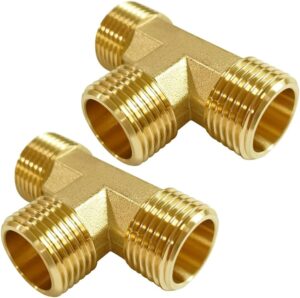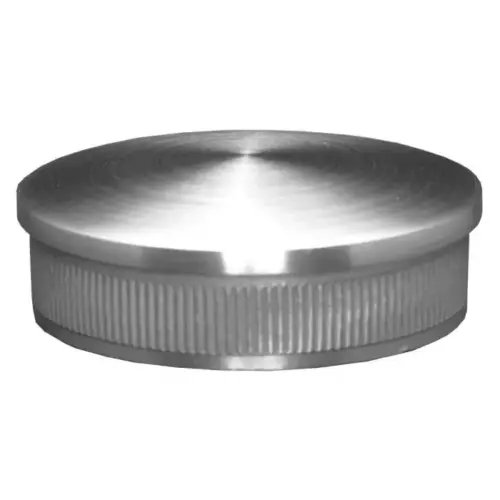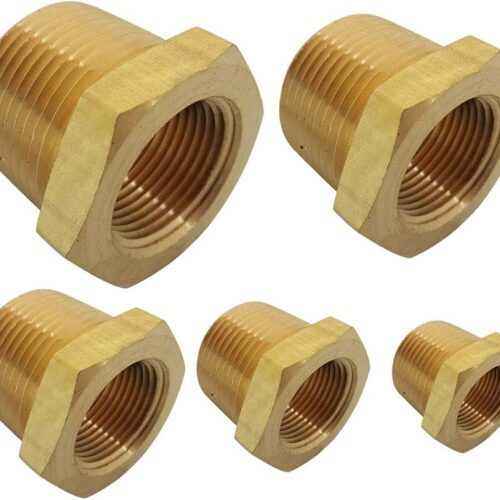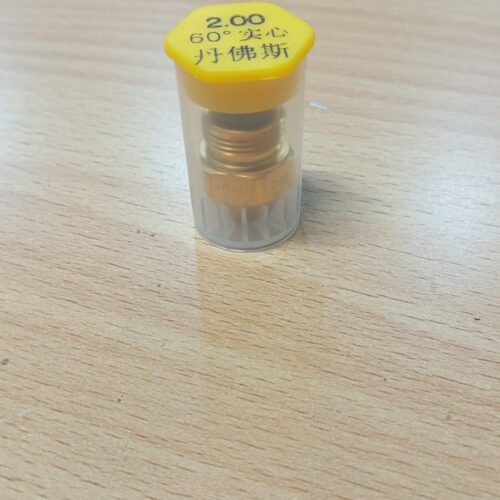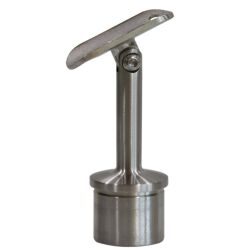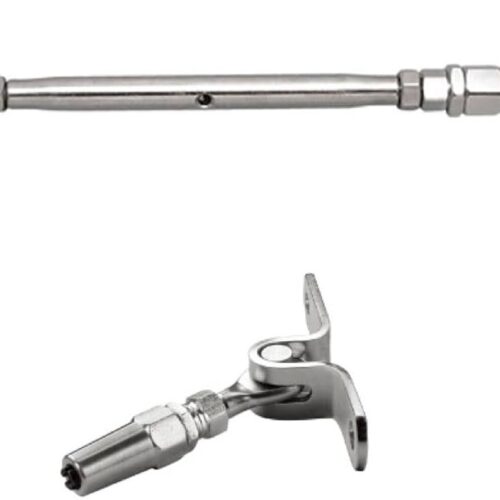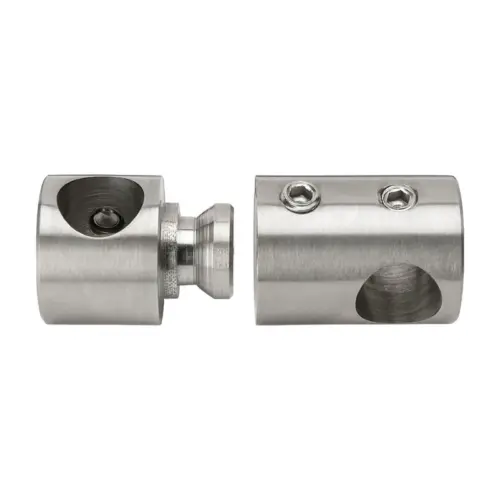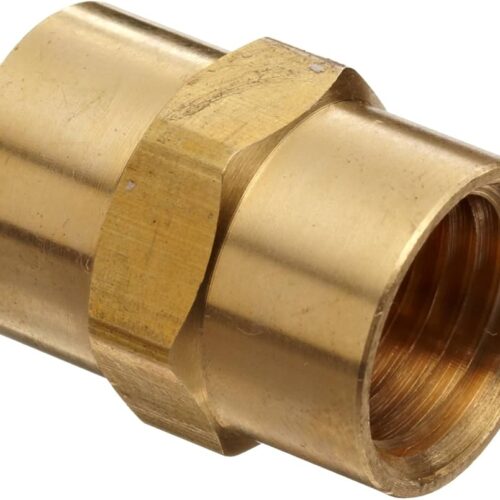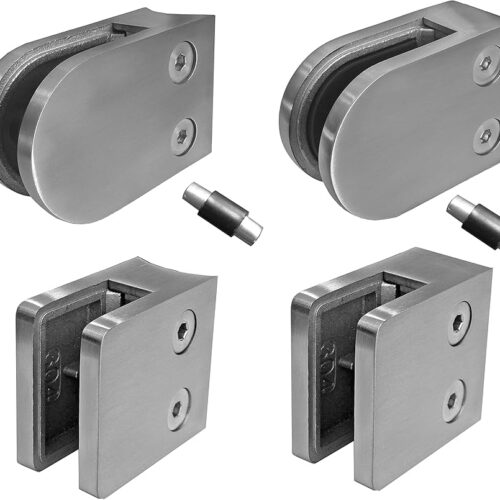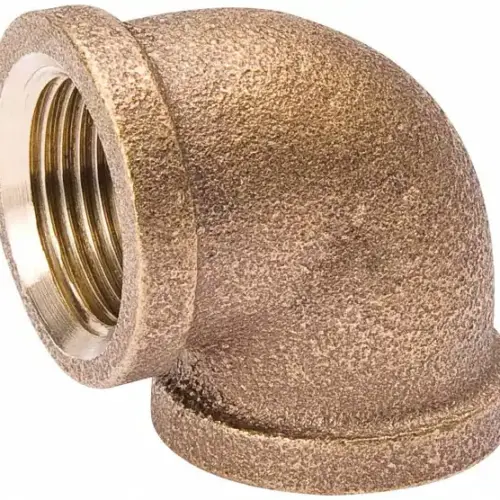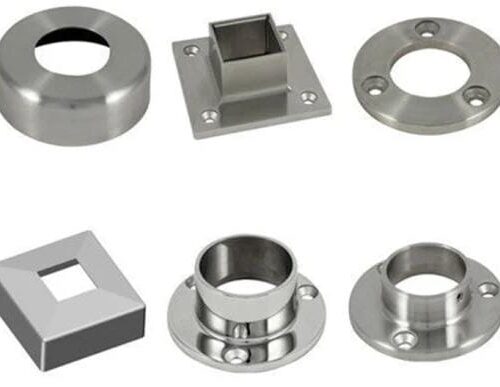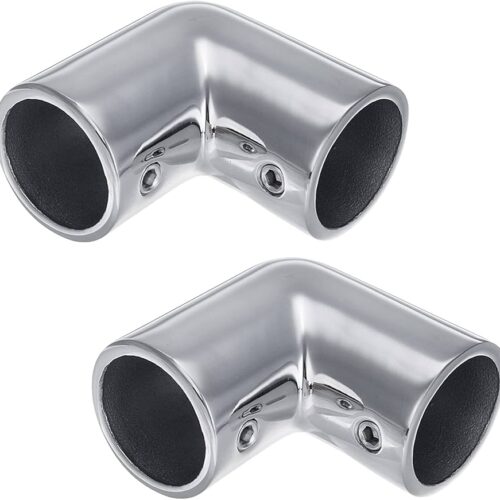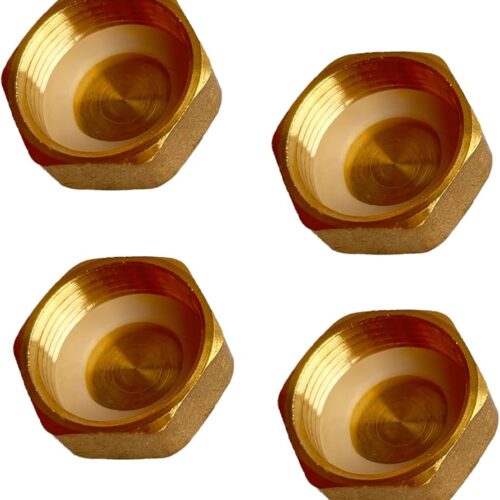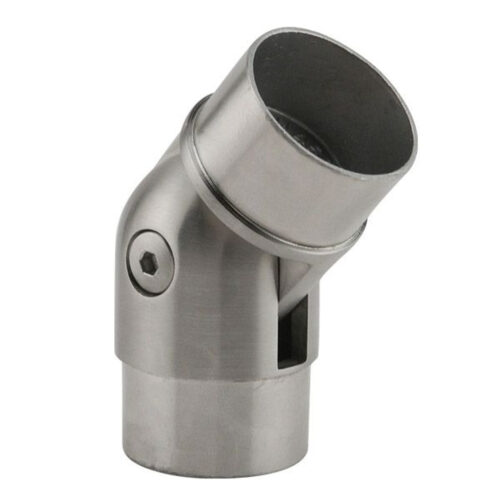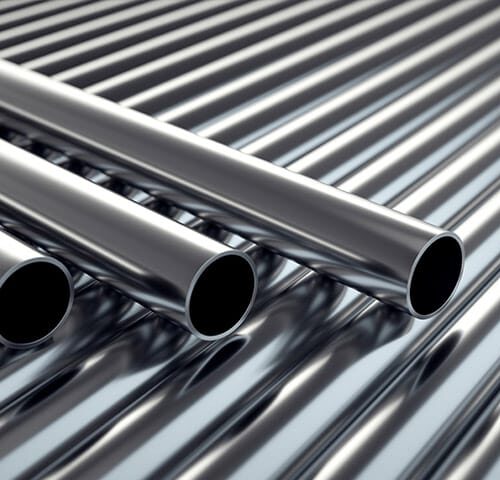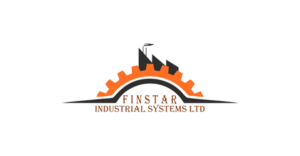Description
Brass tees pipe fittings are T-shaped components used to connect three sections of pipe, allowing for the division or merging of flow in a piping system. They are versatile and come in various configurations and connection types, making them suitable for numerous applications. At FINSTAR INDUSTRIAL SYSTEMS, we take pride in being a leading supplier of high-quality brass tees pipe fittings in Kenya. Our products are engineered to meet the diverse needs of various industries, ensuring reliability and excellence in every connections.
Types of Brass Tees pipe fittings
- Standard Tees:
- Equal Tees: All three openings are the same size, used to split or combine flow evenly.
- Reducing Tees: One or more openings are smaller than the others, used to connect pipes of different diameters.
- Branch Tees:
- Bullhead Tees: The branch outlet is larger than the run outlets, used in specific flow control situations.
- Specialty Tees:
- Cross Tees: Feature four openings, essentially combining two tees into one fitting for complex piping layouts.
Connection Types
- Threaded Tees:
- Male Threaded: Threads on the outside of the openings, suitable for connecting to female-threaded pipes or fittings.
- Female Threaded: Threads on the inside of the openings, suitable for connecting to male-threaded pipes or fittings.
- Compression Tees:
- Used with compression fittings to join pipes, offering a strong, leak-free seal without the need for soldering.
- Sweat (Solder) Tees:
- Designed for soldering onto copper pipes, creating a permanent, watertight connection.
- Push-Fit Tees:
- Allow for quick and easy connections without the need for soldering or threading, ideal for rapid installations and repairs.
Applications of Brass Tees pipe fittings
- Plumbing Systems:
- Water Distribution: To split the main water line into branches for different fixtures.
- Hot and Cold Water Lines: Suitable for both hot and cold water applications due to their high-temperature tolerance.
- Gas Lines:
- Natural Gas and Propane: Used in gas piping systems to direct gas flow to different appliances.
- HVAC Systems:
- Heating and Cooling: In air conditioning and heating systems to route refrigerant lines to multiple components.
- Ventilation: To branch ductwork for distributing airflow to different areas.
- Automotive and Marine:
- Fuel and Coolant Lines: To manage the routing of fuel and coolant lines in vehicles and boats.
- Industrial Applications:
- Chemical Processing: To handle the flow of various chemicals, utilizing brass’s corrosion resistance.
- Compressed Air Systems: In pneumatic systems to direct airflow to multiple points.
- Irrigation Systems:
- Garden and Agricultural Irrigation: To efficiently distribute water through various parts of the irrigation system.
- Fire Protection Systems:
- Sprinkler Systems: To branch off the main supply line to individual sprinkler heads.
- Home and Garden:
- Hose Connections: For creating custom garden hose layouts and connecting multiple hoses.
Advantages
- Durability: Brass tees are robust and can withstand high pressures and temperatures.
- Corrosion Resistance: Brass is resistant to corrosion, making it ideal for various environmental conditions and chemical exposures.
- Versatility: Available in many sizes and configurations to suit different piping needs.
- Malleability: Brass is easier to form and shape, allowing for precise manufacturing of fittings.
- Conductivity: Brass has good thermal and electrical conductivity, beneficial in certain applications.
Installation Tips
- Thread Sealing: Use appropriate thread sealants or Teflon tape to ensure leak-free connections on threaded tees.
- Proper Alignment: Ensure tees are properly aligned to avoid stress on the piping system.
- Soldering: When using sweat tees, clean the pipe and fitting thoroughly, apply flux, and ensure proper heating for a strong solder joint.
- Compression Fittings: Tighten compression nuts adequately to avoid leaks, but do not overtighten as it may damage the fitting.
- Push-Fit Connections: Ensure the pipes are clean and free of burrs before inserting them into push-fit tees for a secure connection.

